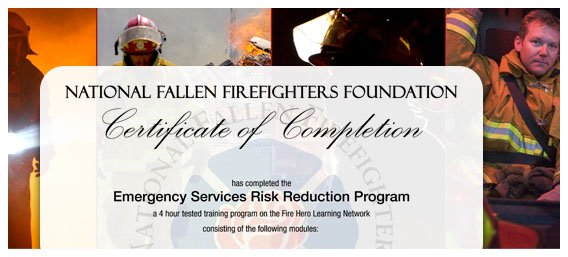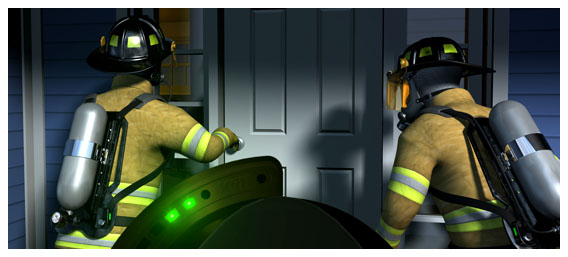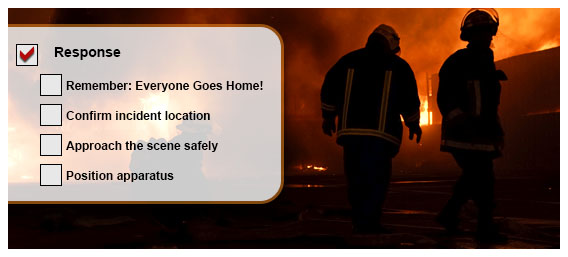Taking Care of Our Own®
Credit Hours:
1
Approximate reading time:
0.5 Hours
Approximate online time:
0.5 Hours
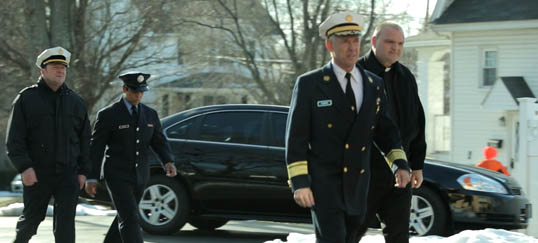

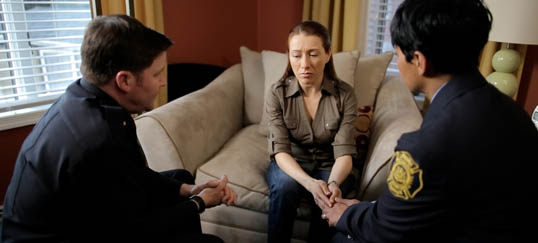
Program Abstract
Taking Care of Our Own® is a self-paced, independent online module sponsored by the National Fallen Firefighters Foundation with funding support from the United States Department of Justice Bureau of Justice Assistance. This firefighter training module is designed to help you to better understand and support the needs of both family and fire service survivors after a line-of-duty death and to learn how to create a plan for your fire department in case of such an event. Everything that happens after a fatality impacts the recovery of the family members, fire department/agency members and the greater community. Having a well constructed plan in place will assure that every step of this difficult journey—from the death notification to the funeral and into the future—will be accomplished compassionately and professionally.
The firefighter training module begins by outlining a planning process to organize how your fire department will handle notification and assistance in the event of an LODD. Then, the module provides guidance on the composition of the notification team and on how to talk with family members during the notification. In preparation for understanding how to support both the family and the fire department through the difficult period after an LODD, the module explains the bereavement process. Following that, the module covers best practices for assisting the family and helping fire department members heal after the loss. As part of assisting the family, the module explains how to inform the family of survivor benefits. In conclusion, the module presents ideas for how to honor and remember the fallen firefighter.
Taking Care of Our Own® has previously been offered to fire departments and agencies across the nation via a face-to-face training. Through a U.S. Department of Justice Bureau of Justice Assistance grant, the NFFF is now able to offer this same material through this online course, so that if and when and LODD occurs, all fire departments and agencies can be prepared to handle a line-of-duty death from within their ranks.
The aim of this firefighter training module is to help you to create the most positive outcome possible following the line-of duty death of a member of your fire department or agency. When a firefighter dies, their surviving family members are obviously deeply affected by the loss of their loved one. However, the fire chief, other department/agency members, and the greater community are also profoundly impacted. Each of these individuals is affected in different ways, and as a result will have different emotional, logistical and resource needs. This course will raise your awareness of these differences and educate you as to how best to support each affected group through proper pre-incident planning and the development of a comprehensive Line-of-Duty Death Plan.
Please note that throughout this module we use the term "fire department" and "agency" interchangeably to describe all organizations and entities that provide fire protection services in the United States, regardless of the organization type, status or source of funding, or the employment status of its personnel.






























